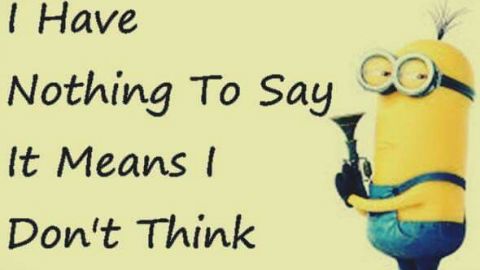Most people have heard the term “monkey on my back” used as a way to describe addiction. Personally, I find the word “addiction” too soft a word to describe the monster every addict or alcoholic battles in daily life. It’s too clinical, too sterile, and just doesn’t pack the same punch as the monkey analogy.
As a hardcore alcoholic for more than half my life, I learned a few things about the monkey. First, he never knows when to keep his mouth shut. It’s not that he’s loud. In fact, it’s quite the opposite. The monkey prefers to whisper, at least during the early stages of addiction. Day in, day out, he whispers in the addict’s ear, reminding the addict that it’s time to party. He whispers because he doesn’t want others to hear him. “They don’t understand you the way I do”, he whispers. “I’m your only true friend. It’s you and me, brother. Besides, it’s nobody’s business but our own.”
The monkey is also persistent. He never, ever leaves the addict’s side. He’s always there to remind the addict that one drink or one puff never hurt anyone. Sure, he makes himself a little scarce when trouble arrives, but he’s always watching from behind the scenes while the addict works things out. The monkey never leaves for long because he can’t survive without the addict, although he never confesses the truth. Instead, he turns the tables, convincing his victim that he or she cannot live without him. The monkey is a cunning little devil.
For many years, I believed every word the monkey ever spoke. We’d been through good and bad times together, shared countless late night conversations, and he’d always understood me when no one else did. Or, so I thought. It wasn’t until I tried to part ways with the monkey that things started to get ugly. He didn’t like the idea. I tried to explain that my life was falling apart and something had to change. He just smiled and assured me everything would be okay, as long as we had each other. I protested, reminding him that things were far from okay. Exhaustion and alcohol were killing me, just as they had done to my sister, a favorite uncle, and two best friends. I let the monkey know he was getting pretty tiresome, too, and confided my plans to end our friendship.
But the monkey is also relentless. When I told the monkey about my plans to quit drinking, he became silent. Well, at least until I stopped drinking for a few days. Then he wrapped both legs around my back, tightened his grip around my neck, and started screaming in my ear. He had no intention of leaving. He’d grown larger and more powerful over the years and there was no shaking him off, no matter how hard I tried. The more I fought, the tighter he held on. I was beginning to hate the monkey. Worse, he scared me to death. I spent the next three months trying to shake him off before entering rehab. The monkey decided to go with me and the battle of my life would soon begin.
The monkey is just a mental image, of course. The term is simply used to paint a picture of addiction, as seen through the addict’s eyes. But the energy that drives every addict to abuse alcohol or drugs, even after they want to quit, is both very real and extremely powerful.
Dan Farish is a former alcoholic. Today, he works as an Addiction Recovery Coach helping others to overcome addiction. Dan is also the author of Three Steps to Recovery – One Man’s Triumph Over Alcohol and Drugs – A Simple Approach Anyone Can Use to Overcome Any Addiction.
Read free book chapters at www.3stepstorecovery.com




